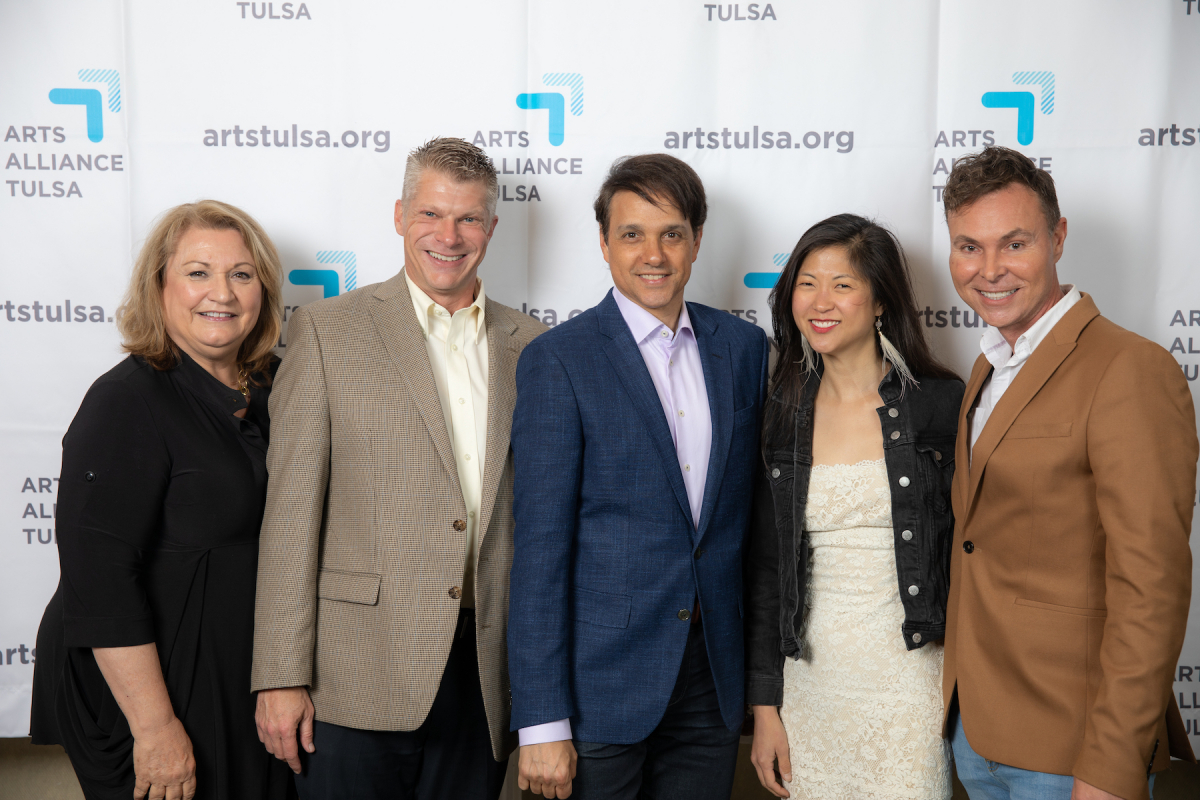Out of the Mouths of Babes: The Nation’s Youngest United Arts Fund Speaks to a Winning Tradition
Posted by Jun 04, 2019

Mr. Todd Cunningham
Just a little over five years ago, we began researching whether a United Arts Fund (UAF) would be of benefit to our community, Tulsa, Oklahoma. Americans for the Arts defines a UAF as a combined or federated campaign (either limited in time frame or accruing all-year) that raises unrestricted funds on behalf of three or more arts, culture, and/or science organizations. One of the first things we found through our discovery work with Americans for the Arts was this quote: “Researchers found that those art organizations supported by UAFs had more revenue and twice the net worth of their counterparts in non-arts fund cities.”[1] Sold! After more than a year of research and planning, Arts Alliance Tulsa (AAT) was incorporated, and today we remain the nation’s youngest United Arts Fund. We currently provide annual financial allocations and member services to 40 nonprofit arts organizations, and are in the middle of our fourth annual fundraising campaign.
Tulsa has a storied history in the arts. As the one-time oil capital of the world, arts and cultural enterprises have been prevalent in our community for well over a century. We are still the smallest large city in the U.S. that maintains an opera company, a ballet company, and a symphony orchestra. Add to that renowned museums like Gilcrease and Philbrook, along with unique offerings like the Woody Guthrie Center, the Bob Dylan Archives, and the future OK Pop Museum, and you have the ingredients for a cultural tourism mecca.
Despite a strong cultural community, when we started AAT in 2012, local corporate giving was stuck at an average of 3% to the arts, while it was at 58% nationally if you combined corporate and workplace giving[2]. In just three years of operation, corporate giving to AAT last year was well over 30% and climbing. And — due to the fact that we use our marketing budget to not just increase AAT’s brand awareness, but also to market the work of our member organizations — after the first two years of AAT’s existence, overall giving to our individual member organizations (not including what AAT allocates) grew by 18%, proving the aforementioned Americans for the Arts quote to be true. We are a living example of a city that has seen all the boats rise with the tide as a result of the presence of our UAF.

The road to this accomplishment hasn’t been easy. The first two years were difficult. Our goals were too lofty, and our success rate was far from where we thought it should be. We hit our fundraising stride in our third year as a young organization with the help of an incredible board of directors, dedicated campaign chairs, and the beginning of discovery by larger sections of our population.
As mentioned before, we are still the nation’s youngest UAF. Therefore, the results of the recently released Americans for the Arts Statistical Report on United Arts Funds’ campaigns was encouraging. In 2017 (our third year), in terms of percent of campaign goal achieved, we were last in the nation, but by 2018 we had jumped to #5. In 2018, we finished #12 in campaign revenue raised per capita and 15th overall in total campaign revenue.
When you consider that UAFs initially were created by local business leaders hoping to minimize individual funding requests, and to ensure that arts organizations meet standards of quality and financial stability, it makes sense that our corporate giving would jump tenfold in just a couple of years. Question is, how did it ever drop to single digits? If a UAF had been created three or four decades ago, that question would probably not exist, because businesses are more likely to respond to one request with broad impact than they are to multiple requests with isolated results.
From the day we began researching whether a UAF was right for Tulsa, the number of UAFs operating in the country has dropped dramatically. Some have rebranded themselves but still serve the same basic function. However, many have ceased to exist, and we see no efforts attempting to knock Arts Alliance Tulsa out of the “baby of the family” spot.
However, United Arts Funds are just as relevant today as they were 60-plus years ago, if not more so. The successes of our short existence prove that to be true. At the completion of our fourth campaign, we expect to allocate more than $2.25 million to our city’s non-profit arts organizations and to witness the 18% average individual organizations fundraising growth to continue to increase.
If you visit our website, artstulsa.org, you will be greeted by a quote by Vincent Van Gogh. It reads, “Great things are done by a series of small things brought together.” And for that, at Arts Alliance Tulsa, we are grateful, motivated, and determined to continue to support our community’s arts and cultural organizations and all the great work they do to enhance Tulsa’s economy, education system, and quality of life.
[1] Capacity and Stability in the Arts: A Comparative Analysis of 29 United Arts Fund Communities and 29 Non-United Arts Fund Communities. https://www.americansforthearts.org/by-program/reports-and-data/legislation-policy/naappd/capacity-and-stability-in-the-arts-a-comparative-analysis-of-29-united-arts-fund-communities-and-29
[2] UAF Statistical Report Fiscal Year 2012 United Arts Fund Campaign Revenue. https://www.americansforthearts.org/system/files/UAF_2013.pdf





